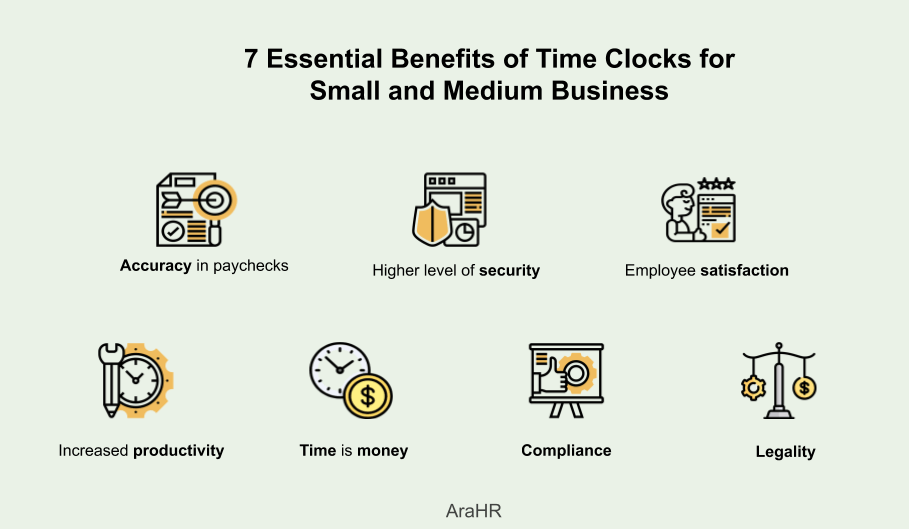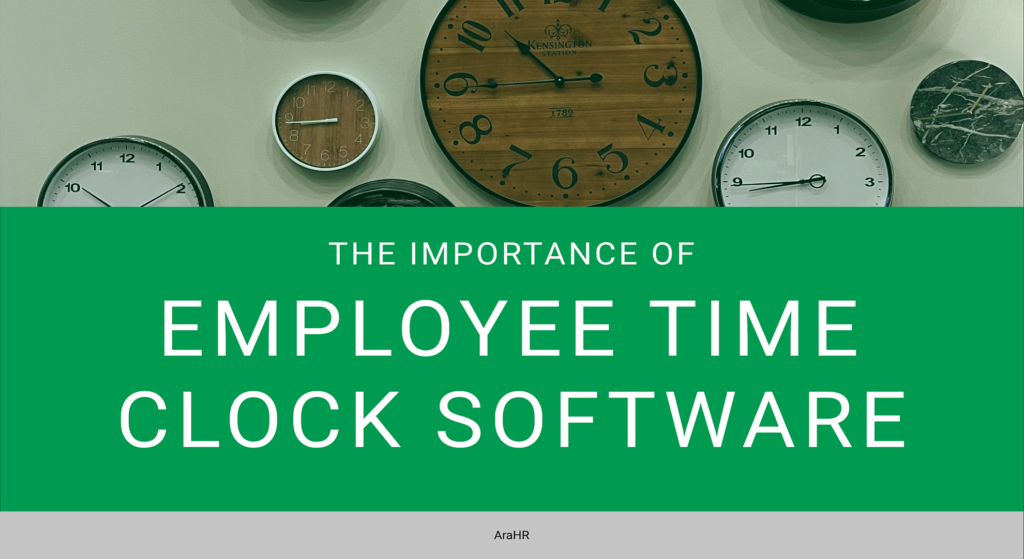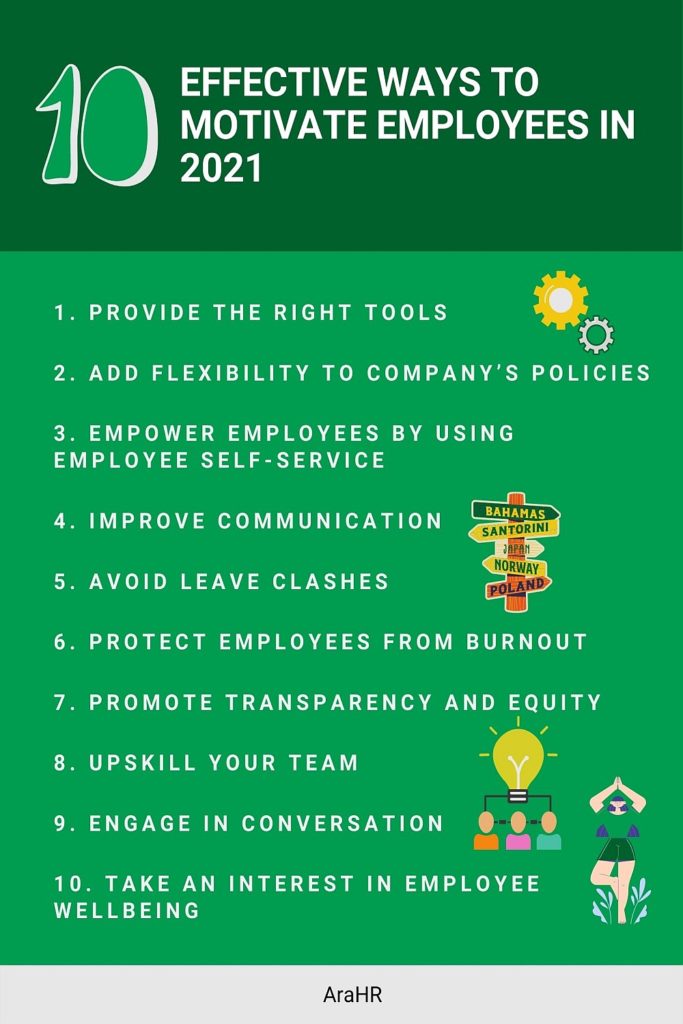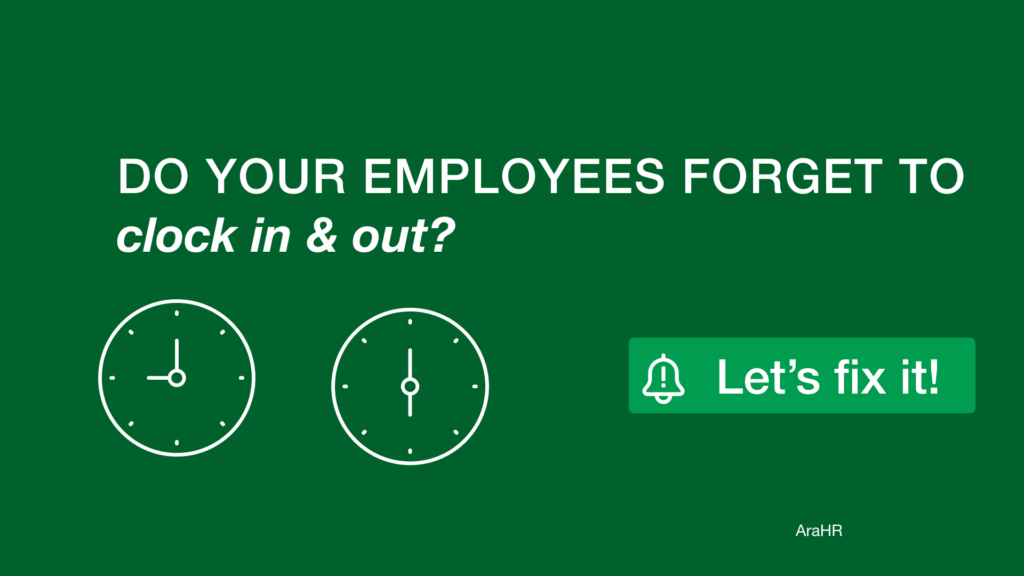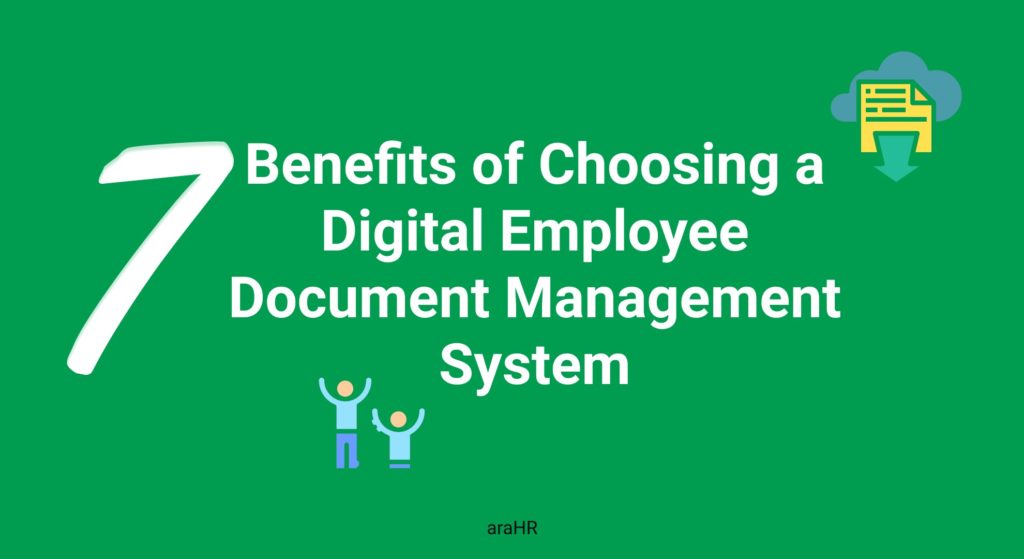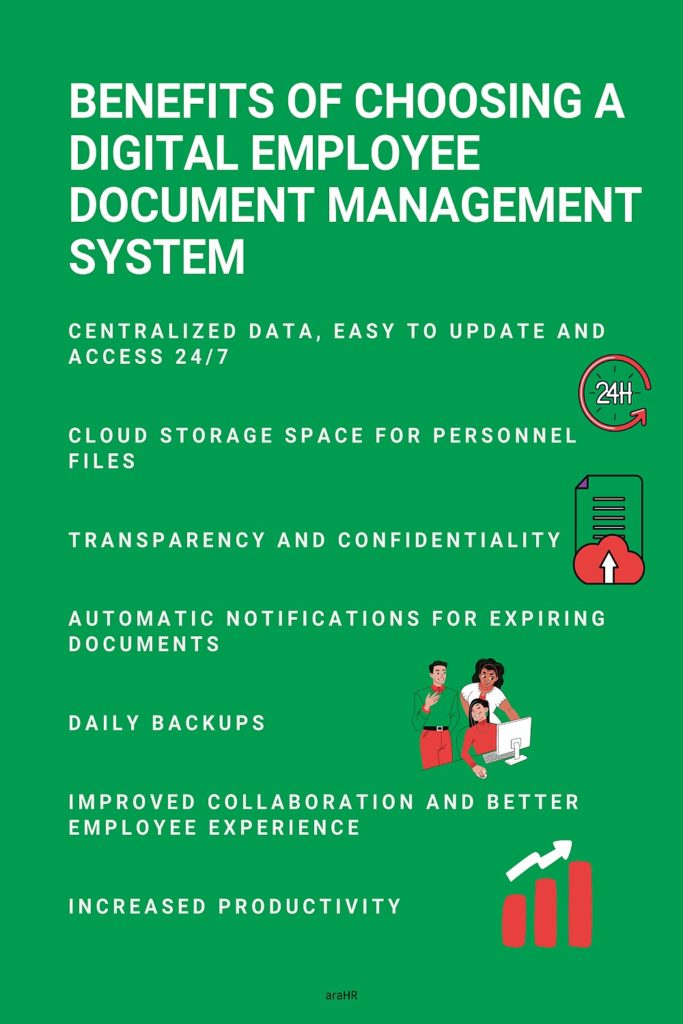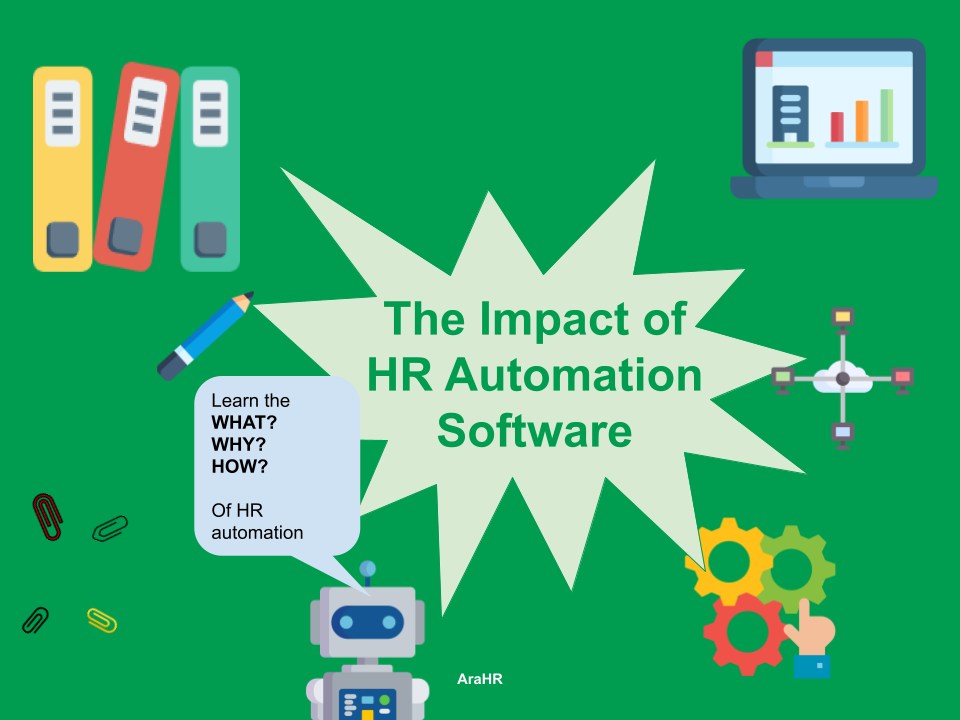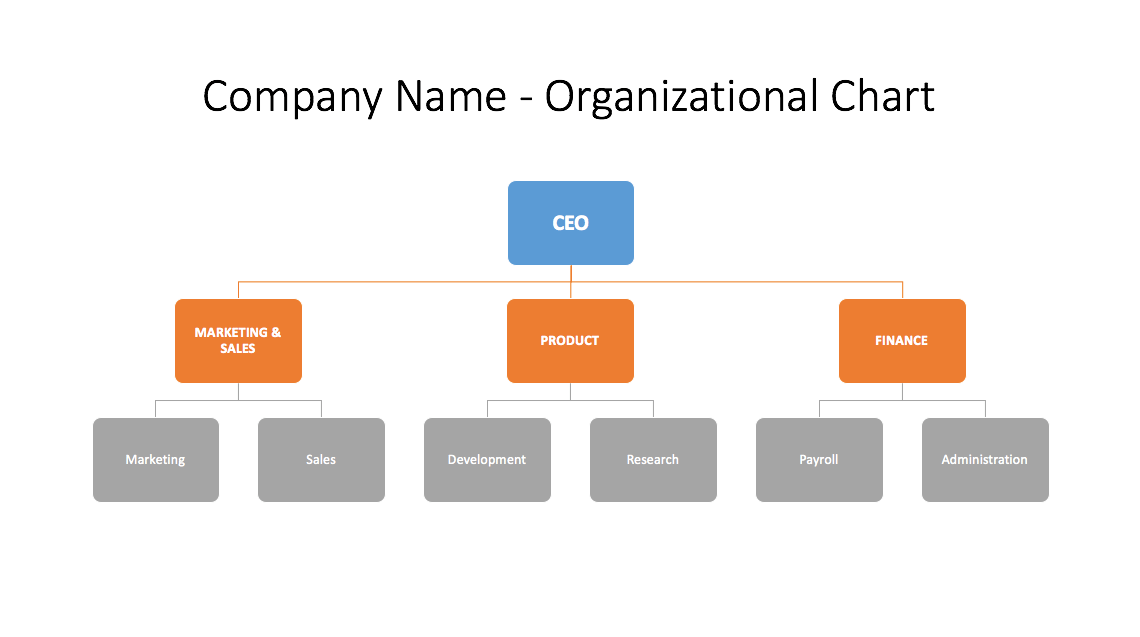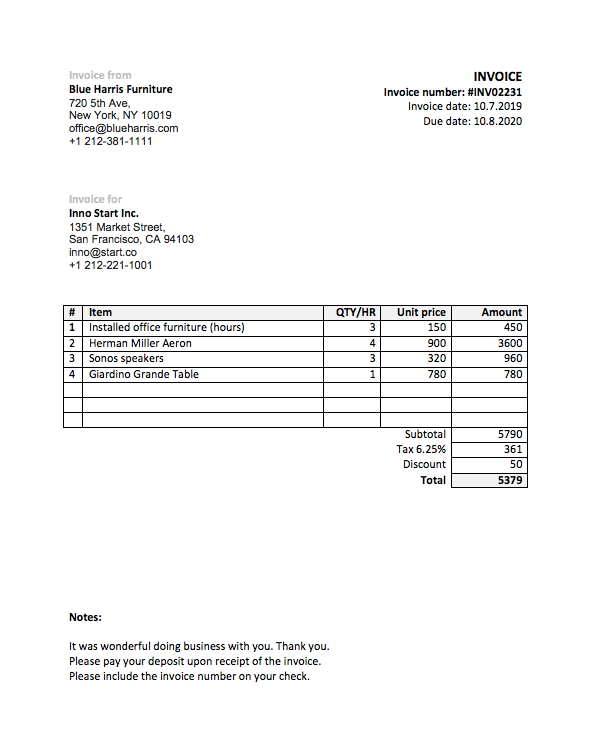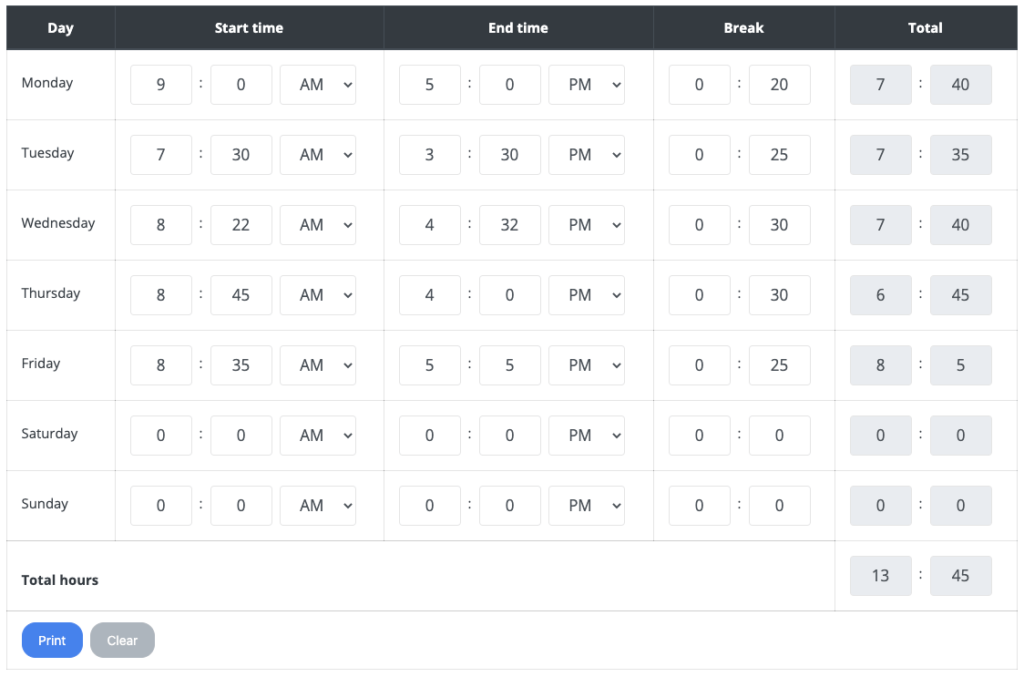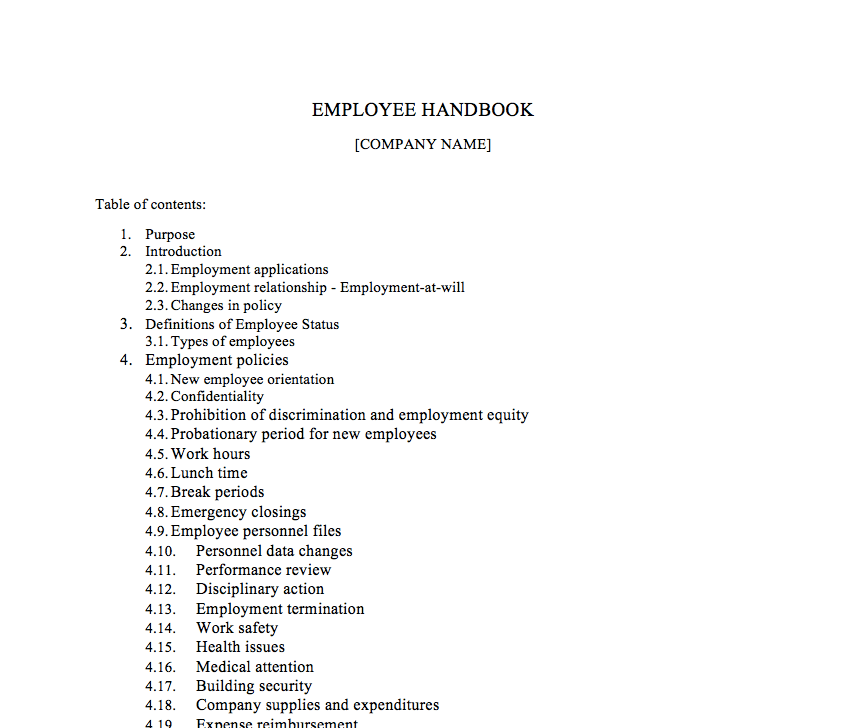
Time slips away every day. You get to the end of the day and wonder where all the time went. Part of life is learning how to manage the amount of time you have at your disposal each day. Some experiences and distractions steal your time away and sometimes delay you.
Introduction
How do you make the most of your time to make sure you are working efficiently? Time holds quite a considerable relevance to the world in bringing some big results. The objective lies in making every day count for something. How we spend our time is becoming integral to the way of our living. When a person manages it’s time wisely by investing in time management techniques, they are more likely to achieve a much-needed work-life balance.
To most of us, it seems as if there’s never enough time in the day. However, we all have 24 hours in a day to accomplish our tasks, and some people struggle to meet deadlines, whereas others are champions of productivity. Why is it that some people utilize their time more efficiently than others? The Internet is full of tips, tricks, and methods. But they may not always work.
The answer lies in effective time management techniques.
Here are the 15 most effective and proven time management techniques to take control of your schedule each day and make the most of the time you have available:
1. Plan your day in advance
Planning is the first, the best, and most proven of all time management techniques:
- Firstly, plan because it helps to organize your work correctly.
- Secondly, because it gives you a detailed insight into all the things you need to do and if you plan your daily, weekly, or monthly tasks, the rest comes easily.

2. Start your day with a clear focus
The first work-related activity of your day should be to determine what you want to achieve that day and what you absolutely must accomplish. Come clear on this purpose before you check your email and start responding to queries and resolve issues. Setting a clear focus for your day might require as little as five minutes but can save you several hours of wasted time and effort.

3. Eat your frogs in the morning
I know this might sound a little weird but bear with us.
Mark Twain famously said, “Eat a live frog first thing in the morning, and nothing worse will happen to you the rest of the day.” He also said, “If your job is to eat a frog, it’s best to do it first thing in the morning. And if it’s your job to eat two frogs, it’s best to eat the biggest one first.”
When it comes to time management, the lesson here is to get the most intimidating jobs out of the way first so that in the afternoon, you can focus on the fun stuff.

4. Create a morning routine
What’s the first thing you do when you wake up? If it’s checking social media, you’re doing it wrong. But if it’s making a bed or exercising, you’re on the right track. Exercising is a great way to boost energy levels. The first thing you do in the morning determines the outcomes you will achieve during the day. A good morning routine will set you in the right mood and motivate you to work.

5. Limit your email in-take
In our experience, as soon as we open up our emails, we end up losing half an hour at least just dealing with the admin. In the same spirit as getting the biggest frogs eaten at the start of the day, it’s also a good idea to put certain tasks first and set specific “timeboxes” to check emails. Perhaps you spend the last five to ten minutes of every hour checking in – just remember not to check them outside your time boxes unless you have a specific reason.
If you want to know more about managing emails, learn about Merlin Mann’s “Inbox Zero” technique. It’s one of the most popular time management strategies for managing your email inbox – you aim at keeping your email inbox empty or close to empty.

6. Find your biological prime time
Your Biological Prime Time is the time of day when you have the highest energy levels, and you’re most likely to be productive. Once you determine your biological prime time, you’ll be able to allocate your most important, priority tasks to this time.
Some people are early birds, whereas others are night owls. We all are different and like to work during different parts of the day or night.
Get up super early if you’re most productive in the morning. Or stay up late at night if you prefer to work in the darkness. But don’t force yourself to change your habits just because it is said that we reach productivity at certain hours. Whatever time management strategies work for some people may not work for you.

7. Take regular breaks
We need breaks so that our brain can refresh and then refocus on work.
You can use the Pomodoro technique or go for a short walk. Taking short breaks will give you a significant productivity boost.
Of course, it’s okay to work in a long string when you have a super-powerful flow… sometimes. But doing so in the long term will make you feel tired and will reduce your creativity. Breaks are suitable for your productivity and well-being.

8. Focus and block distractions
Notifications, messages, e-mails, or colleagues are continually talking to you. It all pulls your attention away from work. The more uninterrupted time you get during the day to work on essential tasks, the more effective you’ll be.
There are many ways to stay focused. You can put your phone away, turn off social media notifications or block distracting websites. But the best way is to concentrate and do what you have to do. It’s worth limiting your presence in social media to the minimum because it takes a lot of your time and doesn’t bring much value into your life.

9. Limit multi-tasking
Many of us multi-task and believe we’re effective when we do so, but evidence suggests that we can’t effectively focus on more than one thing at a time. The truth is that multitasking is damaging our brain. The study conducted at Stanford University has shown that “The low multitaskers did great,” while “The high multitaskers were doing worse and worse the further they went along because they kept seeing more letters and had difficulty keeping them sorted in their brains.”
The conclusion is clear: do one task at a time to stay focused and engaged in your work.

10. Set goals
Set goals, and you will exactly know which direction you’re heading to. They form your path to success. Goals are the steps on the ladder to the top, and they determine your organization’s main objectives, priorities, and vision.
To take advantage of any time management technique, you need to focus on when you set the goals. Break down bigger visions into weekly or monthly targets to hit.

11. Follow the Pareto Principle
The Pareto Principle or the 80/20 rule states that “80% of the output or results will come from 20% of the input or action”. In other words: It’s the little things that account for the majority of the results.
To be more effective at managing your time, focus on the 20% of your tasks that bring 80% of the results. Use this time management technique to work on your most impactful tasks.

12. Use available tools
In today’s highly developed world, tools are an inseparable part of our work. If you want to be able to use time management techniques fully, you should implement the following into your daily work:
- Time tracking software helps you track your work time and keep a hand on all projects and numbers, including billable time.
- To-do-list – enable you to schedule and plan your workweek.
- Communication tools, such as Slack – are crucial for internal and external communication.
- Apps helpful in creating good habits and saving time – it can be a simple employee self-service.

13. Communicate
Proper communication can save a lot of time. If you don’t convey your plans, intentions, or requirements clearly, people won’t understand their tasks or yours. And that will lead to conflicts and misunderstandings.

14. Reward yourself
Have you finished the task or project you were working on? Good, now take a break and do something for yourself. Drink a cup of coffee, listen to your favorite music, or call your friend. The little rewards are a great way of motivating yourself. It may seem a bit odd, but you will find out it’s worth it when you think about the satisfaction and joy you will feel after completing your work. So go on, listen to your favorite artist, go for a walk, or read a chapter of your favorite book!

15. Review your day
Spend 5-10 minutes reviewing your task list every day before you leave the office. Pat yourself on the back if you achieved what you wanted. If you think your day’s effort fell short, decide what you’ll do differently tomorrow to accomplish what you need to. Plan your next day and leave the office in high spirits.

Frequently asked questions
What is time management?
You have to understand that nobody manages time; time management is all about managing yourself 24 hours in a day, 60 minutes in an hour, 60 seconds in a minute. You cannot store, borrow or save time for later. All we have is now, and you can only control where and how you spend your time and take actions to reduce or eliminate time wasters.
In simple words, time management is the process of organizing and planning the amount of time you want to divide between specific activities. Effective time management is about allocating the right time to the right activity. It’s about working smarter, not harder.
It allows individuals to make the best use of available time by prioritizing tasks according to their importance and the estimated time taken to complete them. On the other hand, failing to manage time can negatively affect both your professional and personal life.
Time management itself revolves around choices – you decide what you need to do when you need to finish and what tasks you need to tackle to reach your goals.
If you choose to make high-value, goal-oriented tasks a priority, finish them before the deadline, but also leave time for leading a healthy life, you’ll be able to say that you’ve managed your time successfully. But how do you do that?
What are time management techniques?
Time management techniques are a set of rules and principles you need to follow to be more productive and efficient with your time, make better and faster decisions, as well as accomplish more in less time and with less effort.
What are the styles of time-management?
Not all time management techniques are suitable for everybody, as we are individuals working differently and facing different time management issues. Everyone deals with his/ her time management style, and if you don’t know yours exactly, read and learn:
Procrastinators delay every work until the very last moment. Some claim they do that because they work better under pressure, but their results are often dampened by the stress and anxiety this practice brings.
Issues: ineffective scheduling, multitasking
The heart is in the right place, but this one gets easily distracted. Any random request from a colleague or phone call and the attention flies by the window.
Issues: multitasking, missed deadlines
This one is similar to the procrastinator and distractor, but the inability to finish a task has a noble cause – everything has to be perfect. He/she works overtime and invests all necessary efforts into delivering a high-quality project – but they often don’t know how to quit while ahead, so they may miss deadlines and risk burnout.
Issues: missed deadlines, skipping breaks
They always estimate that handling a task will take much less than it actually does – they rarely live up to the optimistic deadlines.
Issues: missed deadlines, ineffective scheduling
They fill their schedules with requests from others, leaving aside what’s important to them. They avoid their tasks and jump at the chance to take on anything else, thus gaining validation from others, but neglect the duties that would bring self-validation.
Issues: missed deadlines, ineffective scheduling, skipping breaks
They want to do everything now and on their own – they frequently pressure themselves, and they are fulfilled only working on ten tasks at once and feeling “really busy.” Once a task is over, they are the first to ask: “So, what’s next?” – but have no doubt: this practice will lead to burnout, sooner or later.
Issues: missed deadlines, skipping breaks, ineffective scheduling.
All the time management styles mentioned above are related to issues that you can solve. You can perfect all the necessary time management skills only by choosing the right time management techniques.
Conclusion
Knowing ”what to do” is not enough anymore; one should know “how to do”, how to get the seemingly endless tasks done when a day has only 24 hours. Twenty-four hours for work, for family and friends, for yourself to balance your life. It seems that 24 hours are simply not enough to do all that you want, but with the right set of skills, techniques, and tools, you will be more satisfied and relaxed than ever at the end of your day.
Don’t forget that you’re human, and sometimes, even if you use some of these tools, you might slip back into your old ways as old habits die hard. If you find you end up going back into your old patterns, forgive yourself. Reread this article and find out what’s hurting your productivity, plan, and strive for consistency, not perfection.

